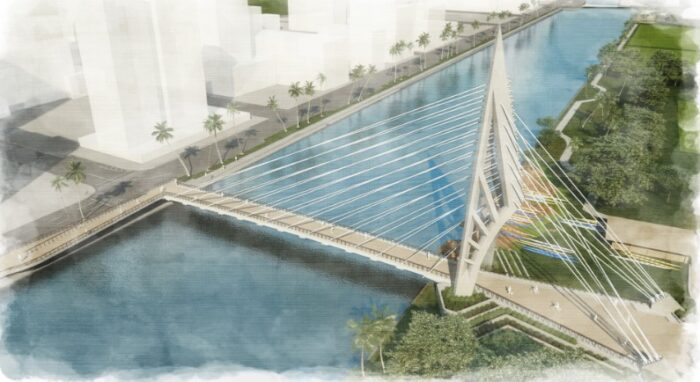The director of a federal program with a very long name – Rebuilding American Infrastructure with Sustainability and Equity – just announced that more than $2 billion has just been awarded to officials at the state and local levels of government. The new funding was allocated to various types of new infrastructure projects throughout the U.S.
Because the program’s name is so long, the acronym RAISE is used to reference the program by most public officials. The funding is available to municipalities, counties, port authorities, planning organizations and tribal governments for projects related to roads, public transportation, ports, bridges, trails, safety enhancements, etc.
Competition was keen for the revenue, and grant requests far exceeded the $2.26 billion that was allocated. RAISE funds may cover as much as 80% of a project’s cost if located in an urban area. The funding allocation, however, may cover 100% of a project’s cost if it is in a rural area. More funding investments of this type will be made annually over the next several years. Examples of projects that recently received RAISE funding and are now moving toward upcoming launches follow.
A RAISE grant of $25 million was approved for a $160 million project in Boulder, Colo. With a planned launch in the spring of 2024, the project will be overseen by three agencies that partnered to plan and apply for funding for the effort. The state’s Department of Transportation, the Regional Transportation District and Boulder County were all involved in bringing the initiative to the attention of RAISE officials. This initiative will be designed to improve safety at an intersection that has seen too many broadside crashes in the past. Two bus rapid transit stations will also be constructed, and the project will include components to improve mobility and safety for bicyclists.
Officials in Tallahassee, Fla., with an investment of RAISE funding, will oversee a $36 million project to construct a new transit center. The project is expected to launch in 2024 and be completed by 2025. It is currently in the planning stage and will be structured for the new facility to be a bus transit hub for the south side of the city. The effort will also include enhanced services and other amenities for riders and potentially encourage additional business development in the area.
A new bridge with increased access and safety for pedestrians and bike riders is planned for Honolulu, Hawaii, and the project will be launched in 2024. It carries a cumulative cost estimate of $63.4 million. RAISE funding of $25 million was allocated as an investment in the project. The 300-foot asymmetrical cable-stayed bridge will be structured to handle 25,000 trips per week and reduce emissions, which will boost the city’s commitment to environmental sustainability.
City leaders in Bend, Ore., are currently waiting to complete permitting, environmental reviews and design for a pedestrian and cyclist overcrossing project. The objective is to improve travel between the east and west sides of the city. The project’s cost estimate could be as high as $24 million, depending on the final design.
A $163 million project in Blaine, Minn., will be structured to deliver improvements to a planned Highway 65 project. This effort will replace four intersections with grade-separated interchanges. City officials worked with the county and the state’s Department of Transportation to secure funding. Because of the complexity of this initiative, it could be 2025 before contracting solicitations are released.
A downtown safety and mobility project in Missoula, Mont., that received RAISE grant funding is set to launch in 2024. It is currently in the planning stage. The project will be structured to create safer streets for walking, biking, driving and public transportation in the downtown area. Riverfront Trail Connections will be enhanced, and downtown signals will be optimized for safety.
These examples are just a few of the new projects that will be launched now that the RAISE grant funding allocations are available. Most projects are large and will create high demand for planning and design firms, engineering companies, technology providers, landscaping professionals and numerous types of product and equipment firms. Not only is the RAISE program structured to provide funding for infrastructure improvements, it is obvious that funding decisions often favor projects that create jobs and boost economic vitality in the areas where the projects are located.






 RSS Feed
RSS Feed